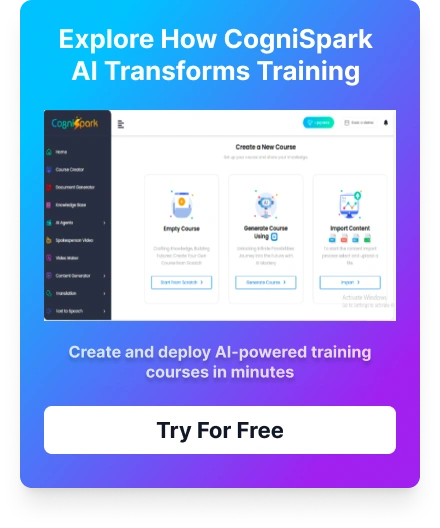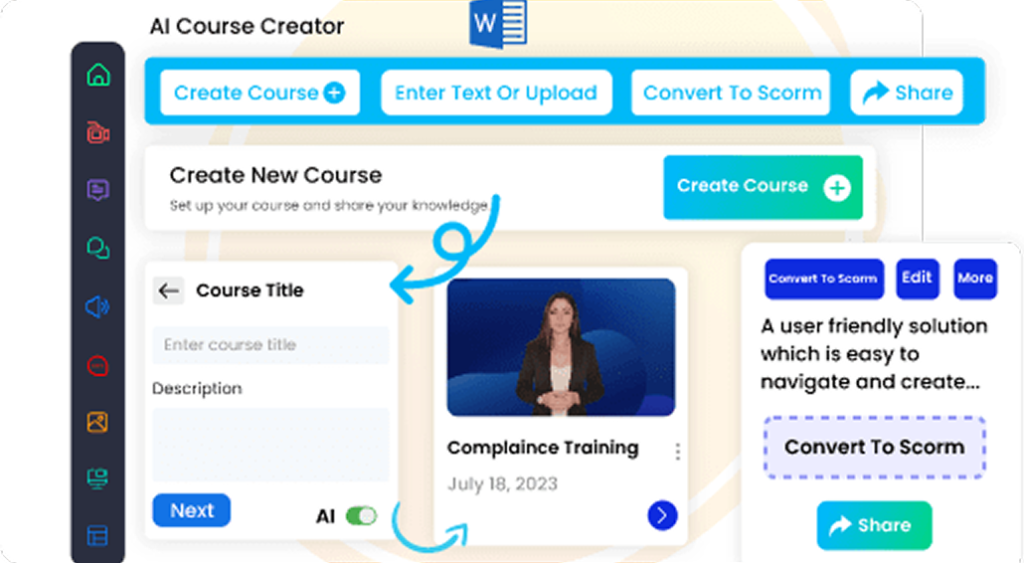Understanding Modern Instructional Design: Trends and Foundations
The core principles of modern instructional design are rooted in understanding how learners engage with content and how to craft effective, meaningful learning experiences. Central to this approach are **learner-centered methods**, which prioritize customizing instruction to meet individual needs, preferences, and backgrounds (source: Cognispark Blog). This focus ensures active learner participation, promoting better retention and practical application of knowledge.
Currently, technological advancements, especially in artificial intelligence (AI) and digital tools, significantly influence instructional design trends. For example, **personalized learning pathways** and **adaptive content** are now feasible through AI-driven platforms that analyze learner data to tailor content dynamically, thereby enhancing engagement and learning efficiency (Cognispark Blog). Complementing this are **microlearning** strategies, which involve delivering content in small, digestible chunks—perfectly suited for mobile learning and shorter attention spans (Cognispark Blog).
Another transformative trend is the adoption of **interactive and immersive technologies** like virtual reality (VR) and augmented reality (AR). These tools facilitate experiential learning, providing realistic simulations that boost retention. Inclusivity and accessibility are also gaining priority, with AI-powered tools such as text-to-speech and screen readers ensuring equitable access to learning materials for all learners, including those with disabilities (Cognispark Blog).
In essence, effective instructional design today blends **educational theories** with **cutting-edge technology** to foster engaging, personalized, and inclusive environments that prepare learners for the complexities of the modern world. As the field evolves, integrating data analytics and AI will be pivotal in developing innovative strategies that sustain learner engagement and success (source).
Leveraging Technology and AI in Instructional Strategies
The integration of advanced technologies and artificial intelligence (AI) profoundly transforms learning experiences and streamlines instructional processes. AI-powered tools facilitate **personalized learning** by adapting content to match individual student needs, significantly improving engagement and retention. For instance, speech recognition and natural language processing (NLP) enable real-time feedback and language learning, providing interactions that are more natural and accessible (CNET). AI-driven speech-to-text converters and virtual assistants support learners across various contexts, making learning more seamless.
Furthermore, AI-generated content such as training videos and intelligent tutoring systems deliver immersive educational experiences tailored to diverse learning styles, enhancing understanding and knowledge retention (Forbes). Automating administrative tasks like content creation, assessment, and progress reporting allows educators to focus more on personalized support, improving overall training quality (Accounting Today).
Looking ahead, the role of AI in education is expanding, promising more interactive, inclusive, and efficient learning environments. The continued evolution of AI tools will enable highly responsive educational experiences, where real-time data insights guide ongoing improvements and innovation in instructional design (source).
Designing Engaging and Inclusive Learning Experiences
Creating captivating and inclusive training programs requires a strategic blend of innovative techniques and thoughtful design principles to address the diverse needs of employees. At the core is the adoption of **personalized pathways**, which cater to different learning styles and paces, making training more relevant and effective (Cognispark Blog). Accessibility must also be a priority; AI-powered tools like text-to-speech and speech-to-text converters help develop content accessible to those with disabilities or language barriers, promoting equitable learning opportunities (Cognispark Blog).
Effective training design goes beyond technology by incorporating **culturally relevant content**, multiple multimedia elements such as videos, audio, and interactive simulations, which boost engagement. Ensuring the materials reflect diverse cultural backgrounds—through regional languages and examples—helps foster a sense of belonging among all learners. Feedback mechanisms and data analytics enable trainers to refine content continuously, ensuring it remains relevant and impactful. Moreover, flexible delivery platforms, especially mobile apps, allow learners to access training at their convenience, regardless of location or device. Combining empathetic design, inclusive technology, and ongoing evaluation creates learning experiences that resonate universally and motivate continued development (Cognispark Blog).
Personalization and Adaptive Learning in the Workforce
To effectively customize learning paths and employ adaptive techniques for employee development, organizations should harness personalized learning strategies integrated with advanced AI technologies. Personalization starts with gathering data on individual employee needs, skill gaps, and learning preferences through assessments and performance analytics (Cognispark). AI-driven adaptive systems then tailor content, difficulty levels, and pacing in real-time, providing a uniquely suited training experience for each employee (CNET).
AI recommendation engines analyze ongoing performance and interaction data to suggest relevant modules or skill-building activities, keeping learners engaged and motivated. Flexible curricula that evolve alongside job roles and organizational needs help maintain relevance and support continuous growth (Forbes). These adaptive techniques not only improve learning efficiency but also foster a motivational environment where employees see training as directly applicable to their roles.
By integrating these strategies with robust Learning Management Systems (LMS) that support real-time adjustments, organizations can cultivate a dynamic learning culture aligned with business objectives. This approach positions companies as AI-first organizations, leveraging proprietary data and insights to accelerate workforce transformation and maintain competitive advantage (source).
Evaluating and Measuring Training Effectiveness
Assessing the success of instructional initiatives involves a multi-faceted approach combining various tools and metrics. Formative assessments such as quizzes, polls, and interactive activities during training sessions provide instant feedback, allowing instructors to modify delivery for better engagement and understanding (Cognispark Blog). Summative assessments, including final exams and project presentations, measure overall mastery of content and skills acquired.
Continuous improvement relies heavily on **learner feedback**, which sheds light on course relevance, clarity, and engagement levels. Analytics tools track key performance indicators like login frequency, time spent on modules, completion rates, and assessment scores to evaluate learner behavior and course effectiveness quantitatively. These data points enable trainers to identify strengths and areas needing refinement.
An essential component is ROI analysis that examines the financial and strategic returns associated with training programs—such as increased productivity, improved performance, or higher retention rates—relative to investment costs. Combining these metrics provides a comprehensive view of instructional impact, guiding ongoing refinements to maximize learning outcomes and organizational benefits (Cognispark Blog).
Preparing for Future Trends in Instructional Design
Emerging trends in instructional design are increasingly driven by technological innovations, especially AI and automation, which are revolutionizing workplace learning. The adoption of AI-driven tools enables **personalized learning** experiences tailored to individual needs, preferences, and skill levels, increasing overall engagement and effectiveness (Cognispark Blog). The integration of large language models (LLMs) and natural language processing (NLP) creates conversational interfaces that make training more interactive and accessible (Cognispark Blog).
Looking forward, organizations are moving towards **AI-first cultures**, where data-driven decision-making and trust underpin innovation in learning strategies (Forbes). Automation of routine instructional tasks—such as content creation, assessment, and compliance tracking—offloads work from human designers, allowing them to focus on strategic and creative initiatives (Cognispark Blog).
Additionally, AI will foster **proactive learning environments** where continuous data collection and analysis enable rapid deployment of tailored training solutions. The future promises more **inclusive, engaging, and personalized** learning experiences capable of adapting dynamically as organizational needs evolve, ensuring that the workforce remains agile and competitive in a fast-changing world (Cognispark Blog).























